Flying Greener: Taking sustainable actions for a sustainable future
An opinion piece by Dominic Perret, Cathay Pacific’s Regional General Manager, Southeast Asia
Airbus A321neo. All Photos Courtesy of Cathay Pacific
(19 November 2021) H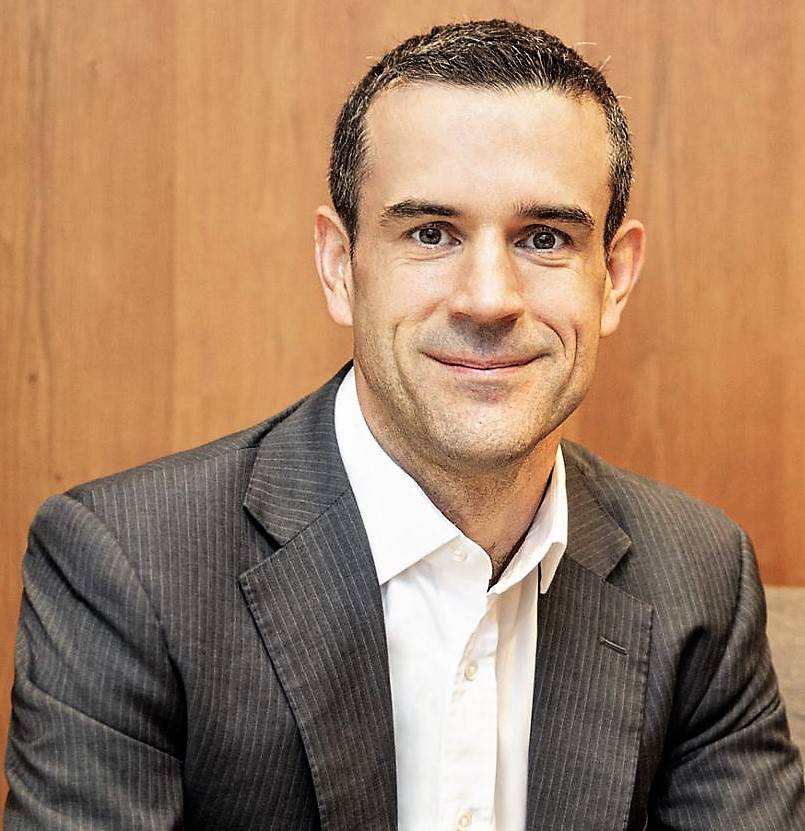 as the COVID-19 pandemic derailed airlines’ efforts to tackle climate change? Cathay Pacific’s Regional General Manager Southeast Asia, Dominic Perret, shares his views.
as the COVID-19 pandemic derailed airlines’ efforts to tackle climate change? Cathay Pacific’s Regional General Manager Southeast Asia, Dominic Perret, shares his views.
The COVID-19 pandemic is the challenge of our generation. Airlines around the world have had to quickly adapt to manage their way through the last two years. Yet while COVID brought about an unprecedented crisis in the airline industry, sustainability is still high on the agenda. The reason for this is simple—because while air travel came to a near standstill, climate change did not.
Renewed Commitment for Greener Air Travel
The airlines of the world are profoundly aware of the need to reduce our carbon footprint. In 2008, the global aviation industry committed to taking concrete steps towards carbon reduction. This was a pivotal moment in the history of aviation sustainability in my opinion, made even more significant by the fact that such a commitment was made when airlines were still reeling from the impact of the global financial crisis.

That year, Cathay Pacific committed to pushing the sustainability cause more aggressively, becoming a founding member of the Aviation Global Deal Group which advocated for a global solution to regulating carbon emissions. We have since been keenly involved in the International Civil Aviation Organization (ICAO) task forces focused on market-based solutions and alternative fuel.
Fast forward to 2021, and amidst the major setback brought about by COVID-19, we can and should make a renewed commitment to ensuring sustainability is a priority. It matters to our customers, and it matters to us.
Going Green, the Cathay Way
Last year, in the midst of the pandemic, Cathay Pacific committed to achieving net-zero carbon emissions by 2050, making us one of the first airlines in Asia to establish a timeline for this goal. Other notable milestones over the last couple of years include fleet modernisation, where we took delivery of ten new fuel-efficient aircraft – notably our latest Airbus A321neos.
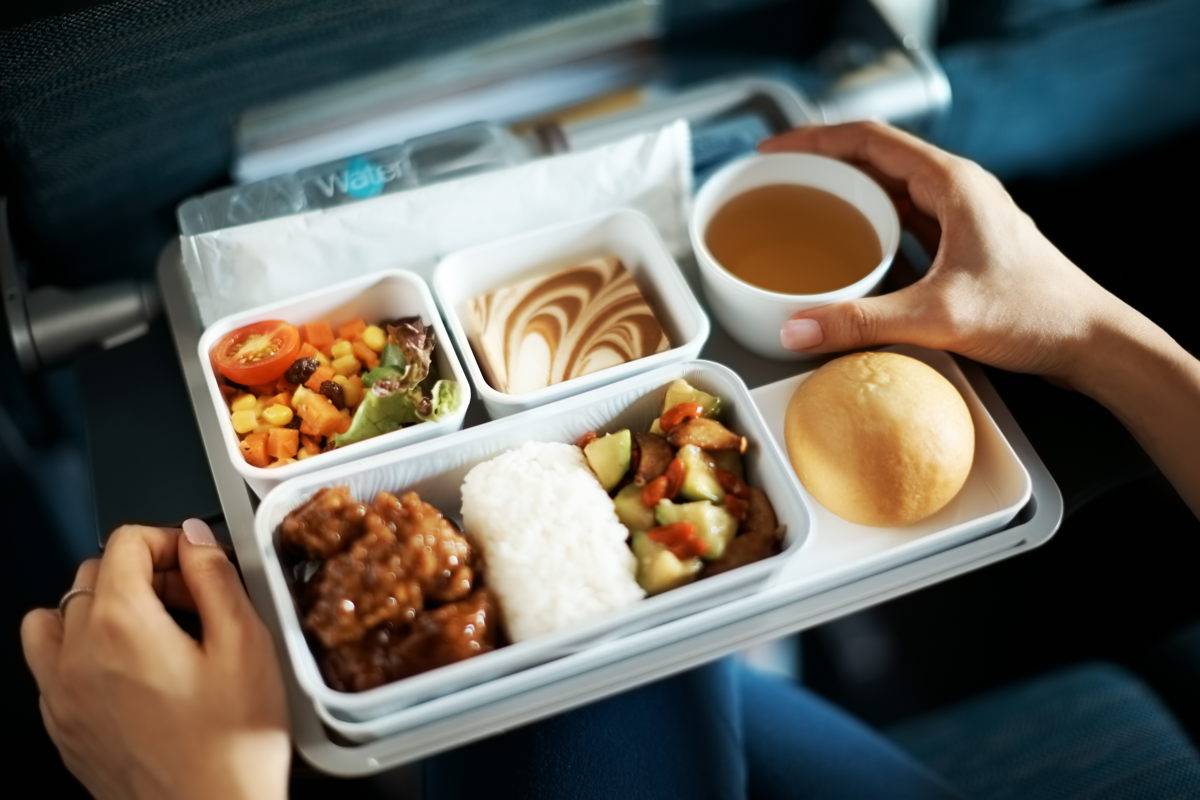
In September 2021, we also pledged to use Sustainable Aviation Fuel (SAF) for 10 percent of our total fuel consumption by 2030. This is important because SAF, which is jet fuel created from renewable sources, can reduce greenhouse gas emissions by as much as 80 percent. This is part of our multi-pronged approach towards a green recovery and a transition towards net-zero carbon emissions.
SAF, which has been identified by IATA as key to helping the aviation industry reach our net zero carbon goal, is a key initiative that we are investing a lot of resources in. We supported pioneer efforts in aviation de-carbonisation technologies over the years, becoming the first airline investor in SAF developer Fulcrum BioEnergy in 2014. We have committed to purchasing 1.1 million tonnes of SAF over 10 years. We were also the first airline to partner with Airbus to use SAF on new aircraft delivery flights from its facility in Toulouse, France.
We go to great lengths to ensure our sustainability efforts penetrate every inch of our business. In the cockpit, paper manuals, charts, maps and pre-flight paperwork are now accessed electronically, removing the need to print 168,000 pages per week and resulting in a decrease of more than 4,000 tonnes of CO2 emissions per year (based on our pre-COVID flight level). This is equivalent to more than 5,000 flights from Hong Kong to London.
Within the cabin, efforts range from reducing single-use plastics to having our blankets made entirely from recycled plastic bottles. We also ensure our food and bedding material are from sustainable sources. Even parts of the carpets in our aircraft are made from regenerated nylon waste materials such as discarded fishing nets.
And from the air to the ground, we have pledged to cut our absolute ground emissions by 32 percent from the 2018 baseline by 2030, through enhancing energy-saving measures and exploring renewable energy options in our premises and ground operations.
In short, if there is an opportunity to “green” something, we want to find a way to do it.
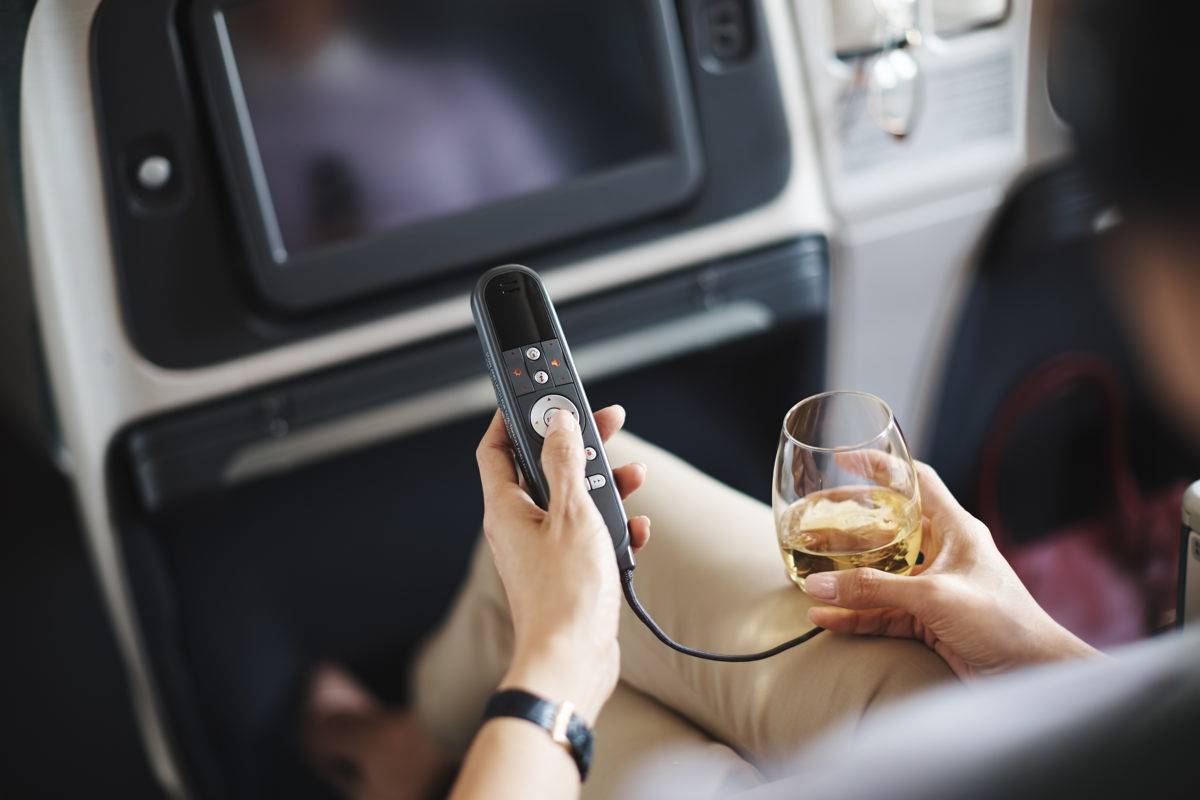
Help Passengers Fly Greener
We also believe in giving our customers the opportunity to get involved. In that regard I believe airlines have a role to play in making it easy for passengers to make greener flying choices.
At Cathay Pacific, we provide passengers with the opportunity to offset their carbon footprint from air travel via our Fly Greener programme—the first provided by any Asian airline. Proceeds go directly to running sustainability projects that have achieved Gold Standard accreditation, which ensures that they are verifiable, credible and make a real difference to local communities and the environment.
From Fly Greener, over 300,000 tonnes of carbon emissions have been offset since 2007, which equates to flying approximately 1.3 million times from Hong Kong to Singapore in economy class—pretty significant. This is a prime example of how we can achieve big impact with small efforts combined.
Which is why we introduced Green Friday (our twist to Black Friday), where we offer our passengers free double carbon offset with every flight purchased. In July this year, we also launched our “1 Ticket, 1 Tree” campaign to benefit one of our key destinations—Thailand. For every flight ticket sold during the campaign period, we committed to planting one mangrove tree in the mangrove forest areas surrounding Bangkok.
We hope initiatives like these will give our customers a little incentive to make greener flying choices.
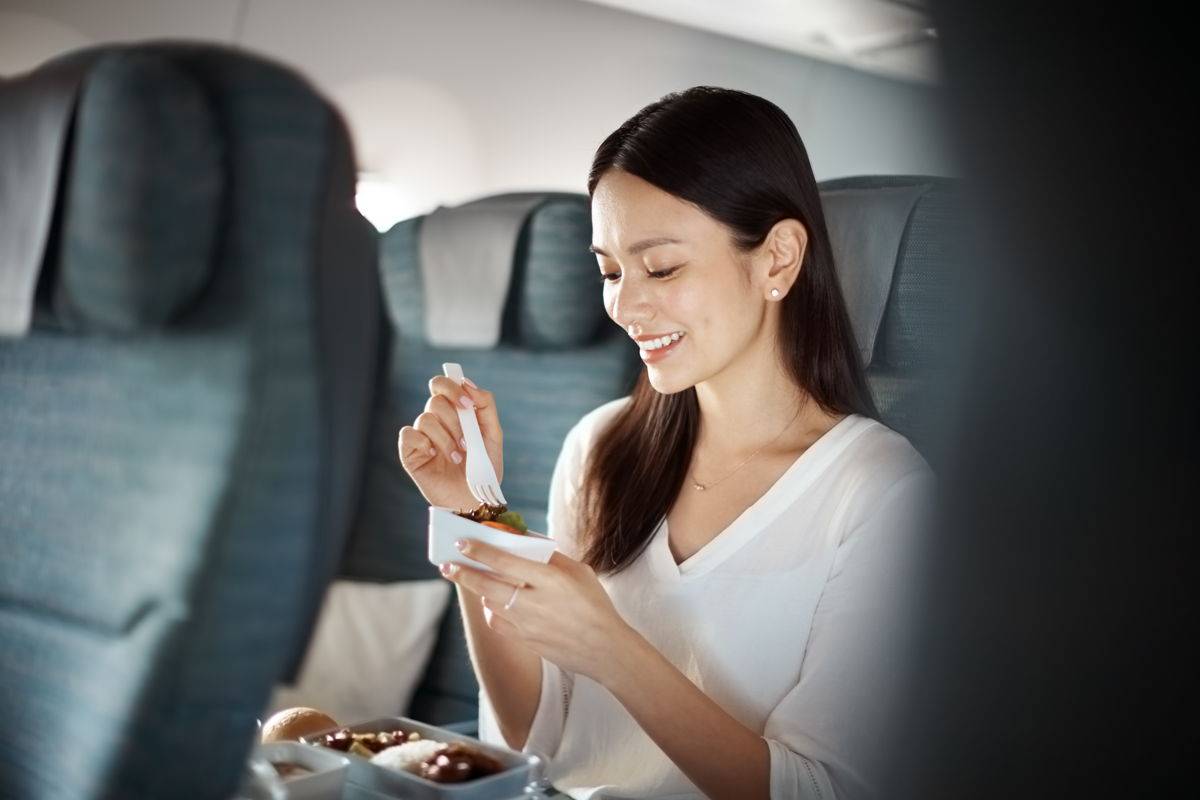
Carbon Neutrality: Staying the Course
As we continue to find ways to reduce our environmental footprint, it is a journey that will be met with headwinds. One of which is—and this would make significant impact—the ability to ramp up production of sustainable aviation fuels to make it commercially viable for mainstream adoption. By taking the lead in the use of SAF and working with the right partners, Cathay Pacific hopes to accelerate the development of SAF and achieve just that.
Passenger traffic will recover in time and continue its upward trajectory post-COVID. Climate concerns will remain top of mind, and we will persist in our efforts to achieve carbon neutrality.
With more and more airlines taking proactive steps to reduce their carbon footprint, I believe good progress is being made. According to a report by the International Council on Clean Transportation, passenger aviation emitted 90 grams of CO2 per passenger kilometer in 2019 on average—a decrease of two per cent from 2018 and of 12 percent from 2013. Airlines therefore remain on track to meet their goal to improve fuel efficiency by two per cent per year for international flights.
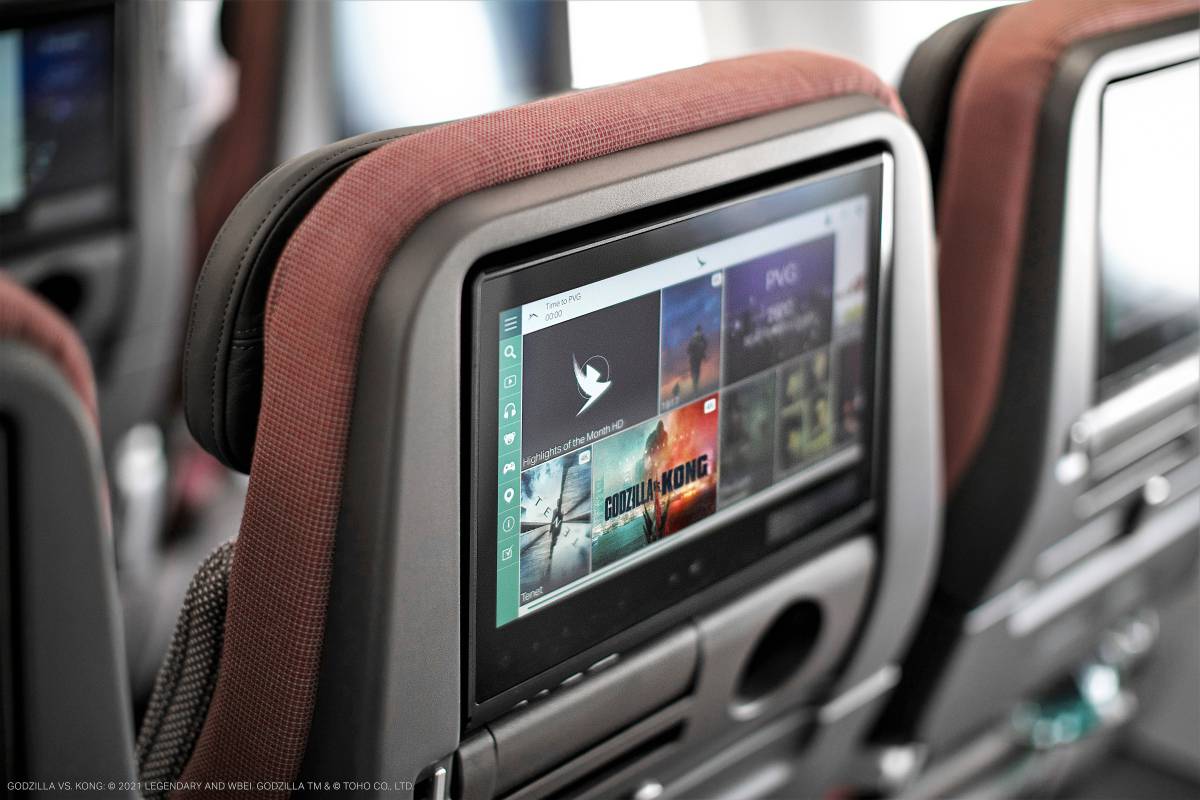
Furthermore, the aviation industry is one of the most innovative industries in the world. This puts us in a good position to enhance existing solutions or explore new ones that can further our sustainability cause, and to do so at an accelerated pace. In fact, together with Boston Consulting Group and other airlines, Cathay Pacific recently announced the formation of the Aviation Climate Taskforce—a new non-profit organisation founded to tackle the challenge of eliminating carbon emissions in aviation through innovation and collaboration.
The goal to achieve net-zero carbon emissions by 2050 is an ambitious one, no doubt. But it is one we must achieve. Backed by the collective efforts of airlines, governments, regulators, industry leaders and consumers, we can make carbon neutrality a reality.




